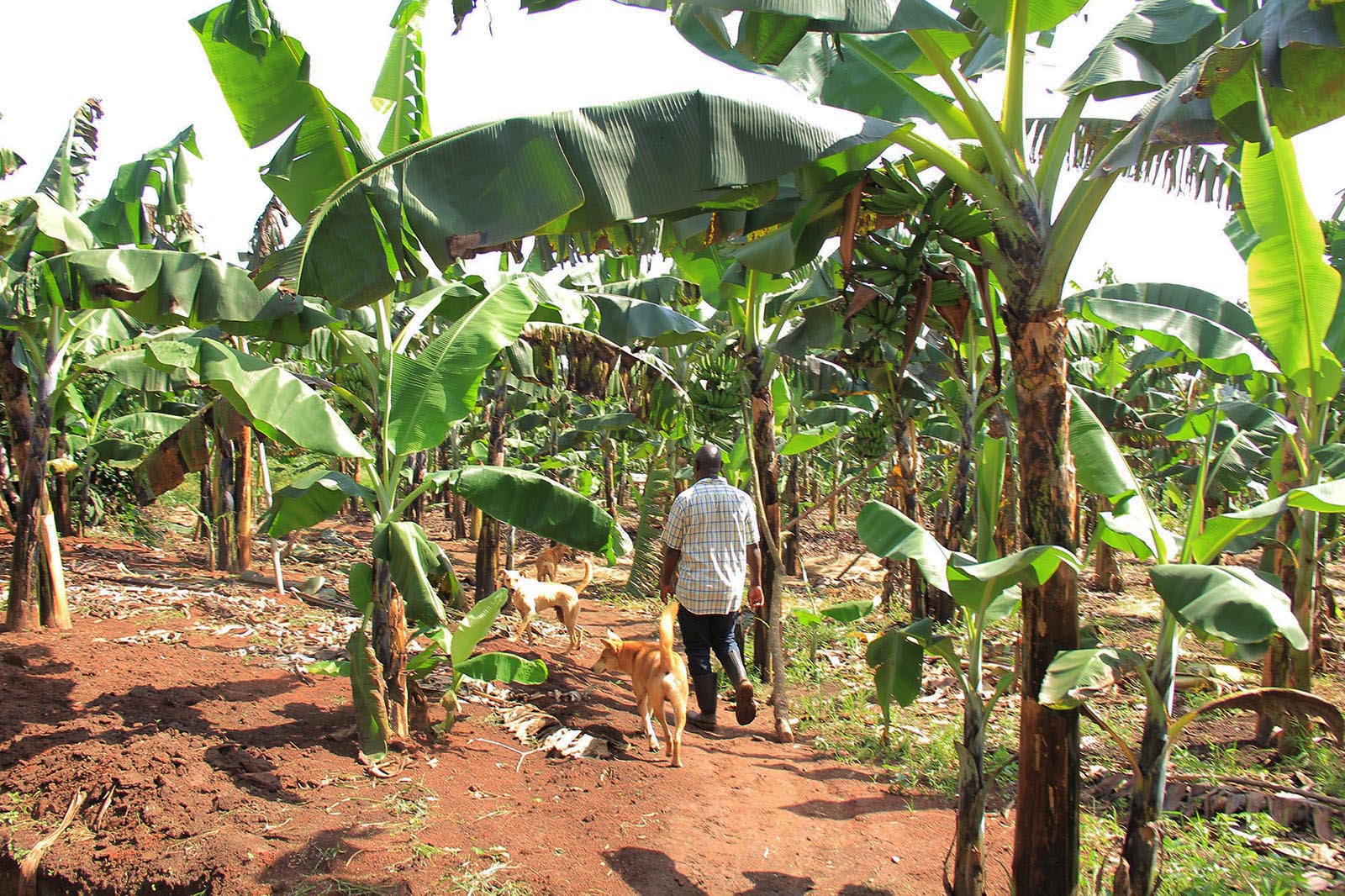
Investing in farming can seem like a good strategic move. After all, whether the overall economy's in a recession or booming, people still have to eat. Because of this, many investors regard agriculture and farming investments as being recession-proof. Further, as the world's population increases, farming will play an increasingly important role in sustaining global societies.
That said, literally buying a farm isn't a feasible strategy for the average investor. Buying a farm can require a large capital commitment and the time and costs of operating or leasing a farm are often substantial. Fortunately, investors have many other means to gain exposure to the sector beyond sinking money into a farm.
The closest that an investor can get to owning a farm without actually doing so is by investing in a farming-focused real estate investment trust (REIT). Some examples include Farmland Partners Inc. (FPI) and Gladstone Land Corporation (LAND).
These REITs typically purchase farmland and then lease it to farmers. Farmland REITs offer many benefits. For one thing, they provide much more diversification than buying a single farm, as they allow an investor to have interests in multiple farms across a wide geographic area.
Farmland REITs also offer greater liquidity than does owning physical farmland, as shares in most of these REITs can be quickly sold on stock exchanges.1 And farmland REITs also decrease the amount of capital needed to invest in farmland, as a minimum investment is just the price of one REIT share.
Investors also have access to an assortment of publicly-traded companies that operate in the farming sector. These companies range from those that directly grow and produce crops to those working in a variety of industries that support farmers.
One potential investment opportunity is in firms that plant, grow, and harvest crops. Many of these firms also engage in such supporting activities as distribution, processing, and packaging. Unfortunately, there are a limited number of publicly-traded crop production firms, which include Fresh Del Monte Produce Inc. (FDP), Adecoagro S.A. (AGRO), and Cresud (CRESY).
Investors can also buy shares in a variety of industries that support farming. Three of the largest industries are companies that sell fertilizer and seeds, farm equipment manufacturers, and crop distributors and processors.
Exchange-traded funds (ETFs) are a good tool for investors to gain diversified exposure to the agriculture sector. The VanEck Agribusiness ETF (MOO), for example, offers access to a diversified set of businesses, investing in companies that derive at least 50% of their revenues from agriculture. The best-performing agricultural commodity ETF, based on performance over the 2020 performance is the Teucrium Soybean ETF (SOYB).
Like investing in any type of ETF, investors should carefully consider each ETF's management fees and the performance of the index that the fund tracks.
There are also mutual funds that invest in the farming and agriculture industries. If this sounds appealing, you should first determine whether the fund invests in agriculture-related firms or invests in commodities. Also, keep in mind that many of these funds have exposure to other sectors along with agriculture. So if you're more interested in making a pure farming or agriculture investment, you're likely better off going with other types of asset classes.
When investing in mutual funds, investors need to consider fees and past performance, and compare these to those of ETFs, for example. An example of a mutual fund with exposure to agricultural firms or commodities is the Fidelity Global Commodity Stock Fund (FFGCX).
More speculative investors may be intrigued by the idea of directly investing in commodities, hoping to take advantage of price changes in the marketplace. While you can gain exposure to commodities just by purchasing futures contracts, there are also a number of ETFs and exchange traded notes (ETNs) that provide more diverse access to commodities.
While some ETFs and ETNs give investors exposure to a specific commodity (such as corn (CORN), livestock (COW), coffee (JO), grains (GRU), cocoa (NIB), and sugar (SGG)), others offer a basket of commodities. As an example of the latter, the Invesco DB Agriculture ETF (DBA) invests in corn, wheat, soybeans, and sugar futures contracts.
There's also the iPath Bloomberg Agriculture Subindex ETN (JJA), which invests in corn, wheat, soybeans, sugar, coffee, and cotton futures contracts, and the Rogers International Commodity Agriculture ETN (RJA), which invests in a basket of 20 agricultural commodity futures contracts.23
Investors looking to invest in the farming sector have plenty of alternatives to actually purchasing a farm. Investors who hope to most closely replicate the returns of owning farmland can purchase a farmland REIT. For those looking for wider exposure to the agriculture sector, making equity investments in crop producers, supporting firms or ETFs could be their best option. And those looking to profit from price changes in agricultural commodities have a range of futures contracts, ETFs, and ETNs at their disposal. With all of these options, investors should be able to find an investment vehicle and strategy that fits their needs.
Investopedia does not provide tax, investment, or financial services and advice. The information is presented without consideration of the investment objectives, risk tolerance, or financial circumstances of any specific investor and might not be suitable for all investors. Investing involves risk, including the possible loss of principal.